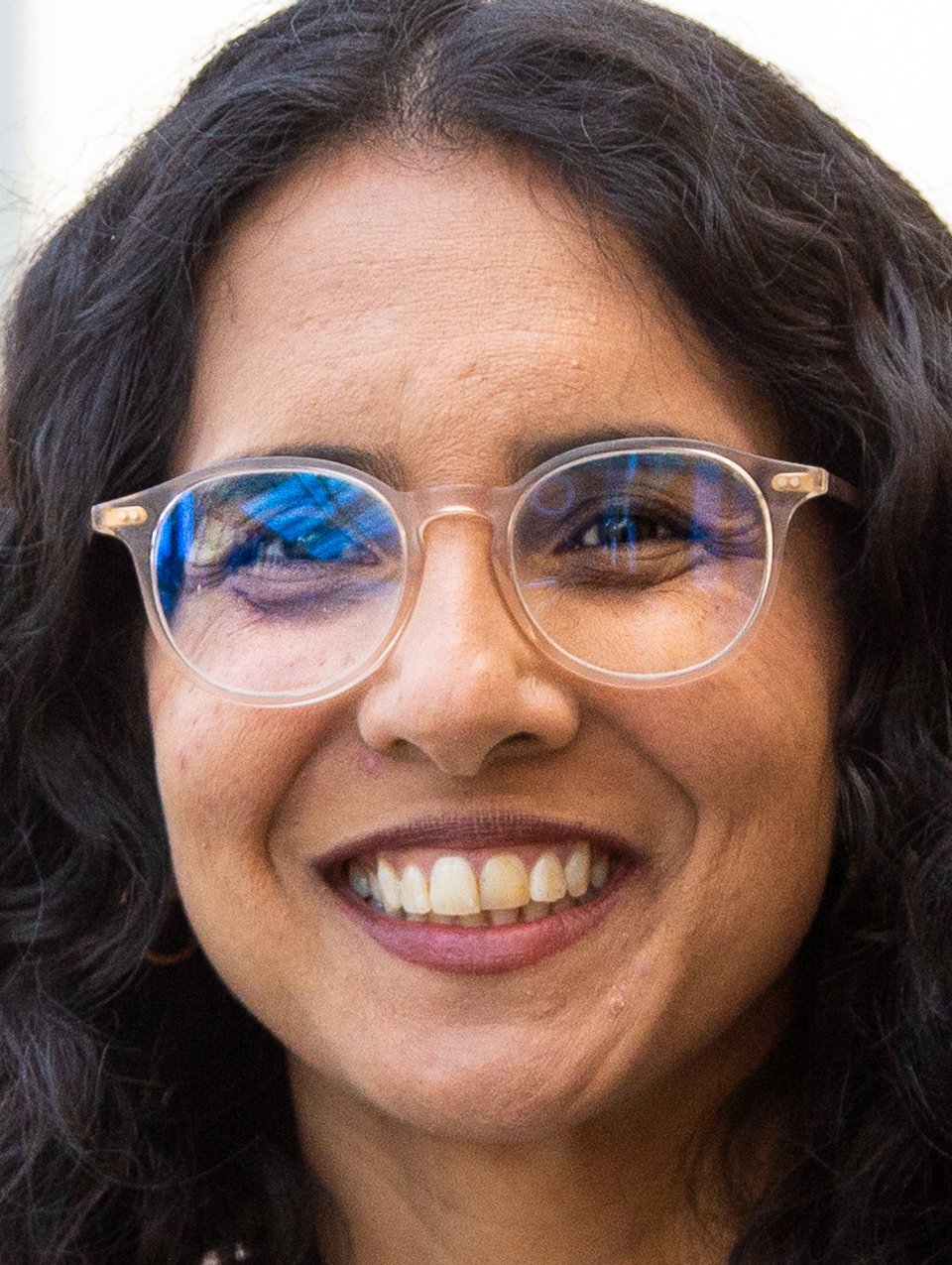Spain’s primary care reforms: strengthening teams, boosting efficiency and embracing AI
Feb 28 was my last day in Spain. It also was the same day that the Catalan government announced a suite of new primary care reforms.
A new government came to power in the last year. They assembled a small panel of experts to advise on broad health system reform. One of the key pillars of the broad reforms is strengthening primary care.
My host, Tino Martí, is one of the key people behind the scenes. He walked me through the proposed reforms and I was impressed.
One aspect of the reforms is strengthening the team, ensuring everyone is working at top of scope—including the clinical assistant or receptionist. For example, they propose patients with chronic conditions having a named physician, nurse and receptionist as part of their team—to enhance continuity and strengthen the receptionist role.
POSTS FROM SPAIN
Read all of Dr. Tara Kiran’s three-part series:
I saw this specific change already being implemented in CAP Vilafranca. And in CAP Sardenya, they had provided some receptionists with extra training to better be able to resolve issues and prevent a clinician visit. They had even constructed physical booths to enable private conversations near the front desk. Most clinics also had electronic check-in booths, freeing up receptionist time.
Reforms also aim to strengthen integration with other sectors. For example, moving toward having a named specialist connected with the centre for a few common specialties and a named public health officer to strengthen public health programming.
For context, Spain is also struggling with the same things as many countries—an aging population and workforce challenges, with professionals wanting to work less and have more freedom. Right now, docs are on salary—the same salary no matter how many people are on their roster. The reforms will include an option for MDs and RNs to increase their patient panel for more pay, ideally moving from an average roster of 1,400 to 1,800. The centre would follow measures related to quality, efficiency and satisfaction and if the results are not achieved, then the panel would be reduced back to baseline. The hope is to incentivize increases in efficiency; not necessarily longer hours.
There are other reforms too. They want to broadly roll out AI tools for decision support and scribing. They are offering centres can keep some portion of the health system savings they generate. They want to further orient the system towards health outcomes and results, starting with accessibility and satisfaction of users (adding a net promoter score to the other indicators already being tracked).
Centres can apply for funding to support transition to these new reforms—and a few hours after these reform were announced, dozens of centres had already submitted expressions of interest! Impressive.
Dr. Tara Kiran is a Toronto family doctor at St. Michael’s Hospital and the University of Toronto and leads OurCare—the largest pan-Canadian initiative to engage the public about the future of primary care in Canada.


